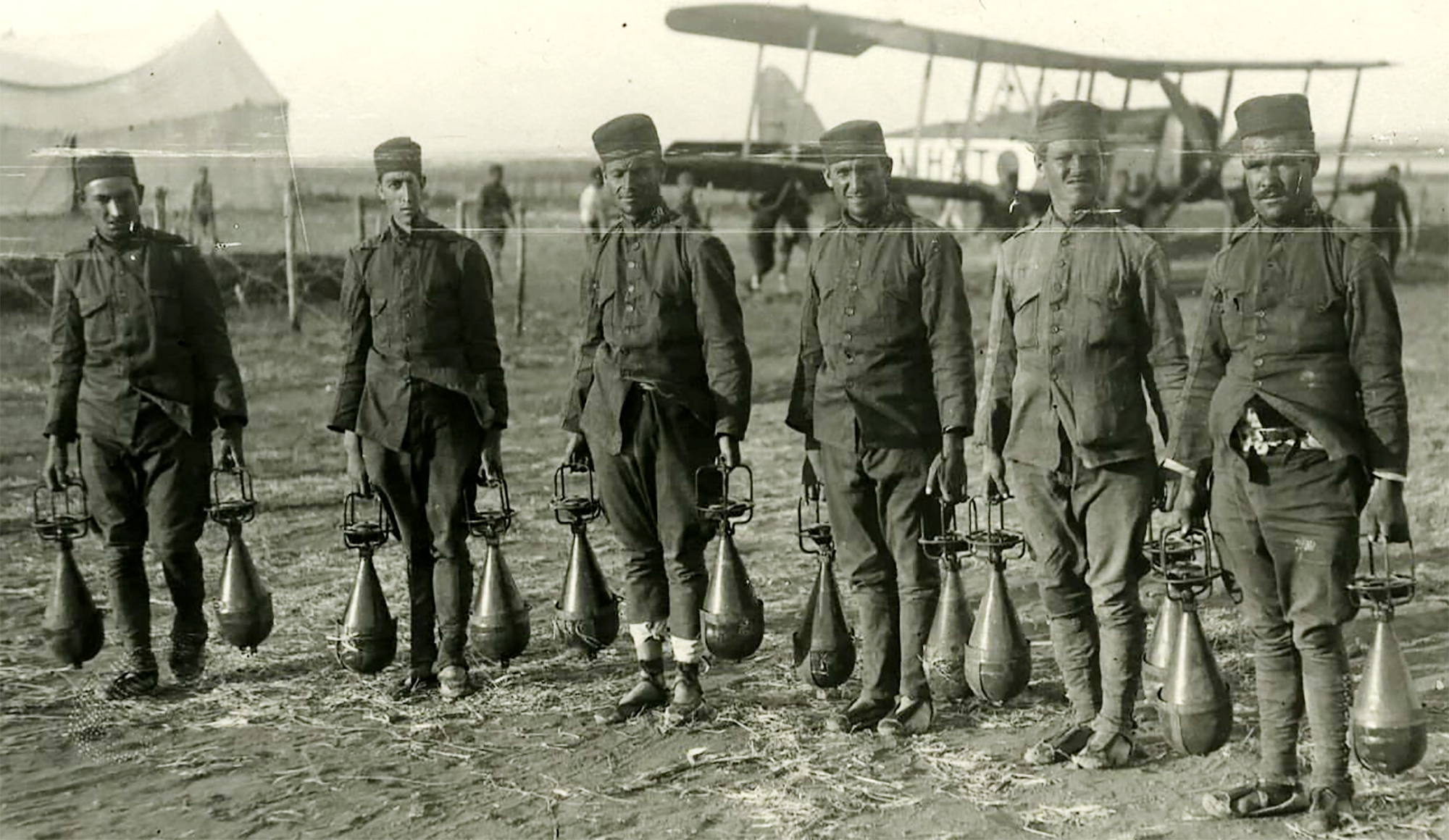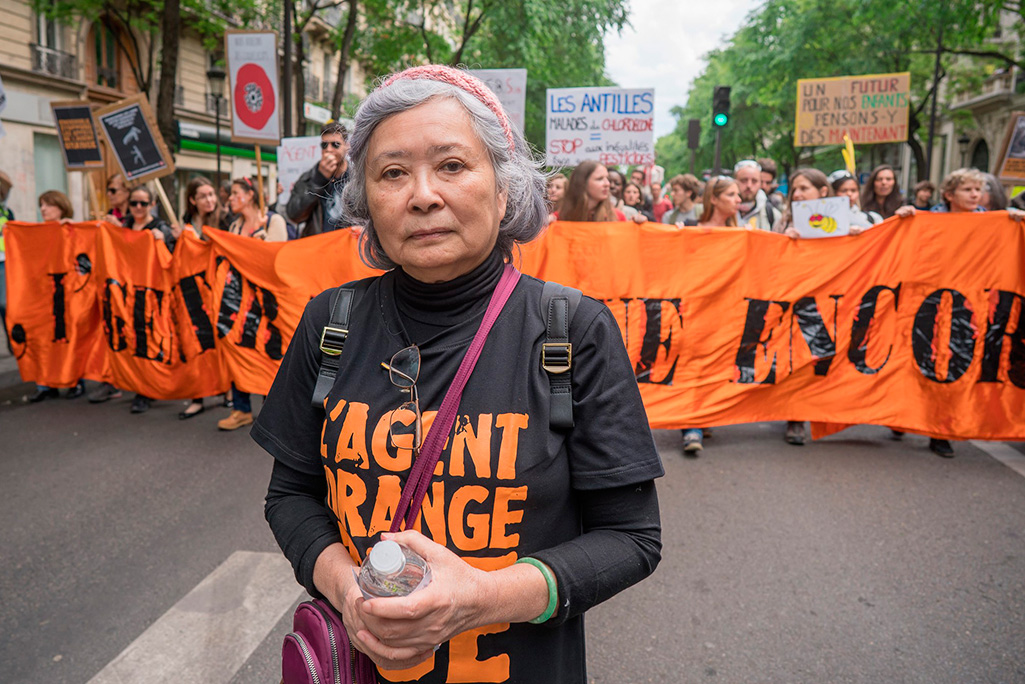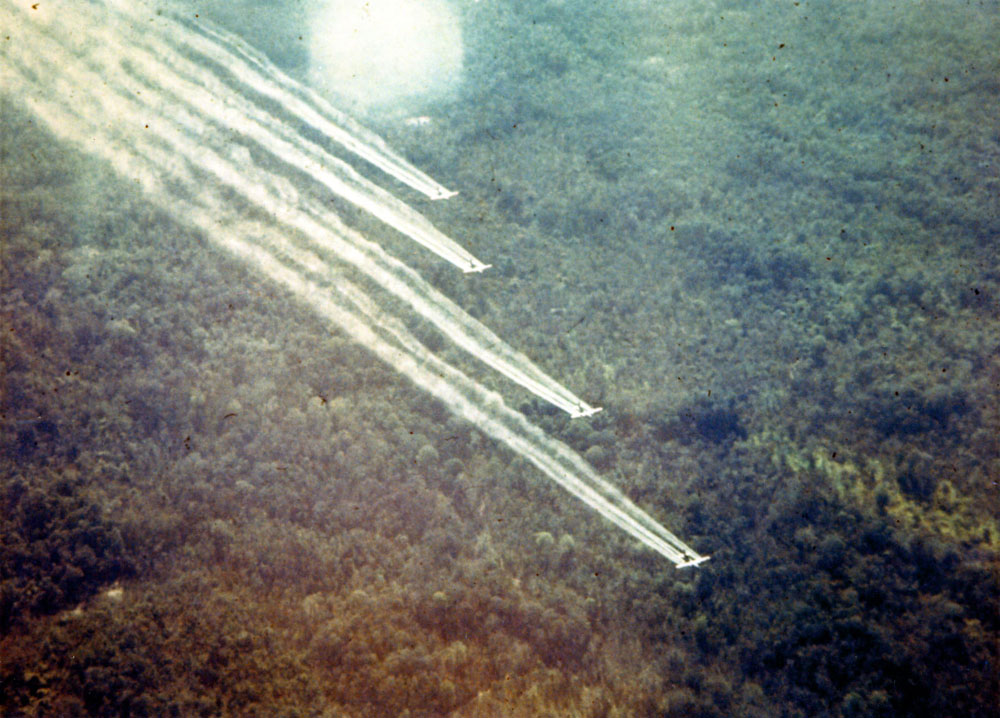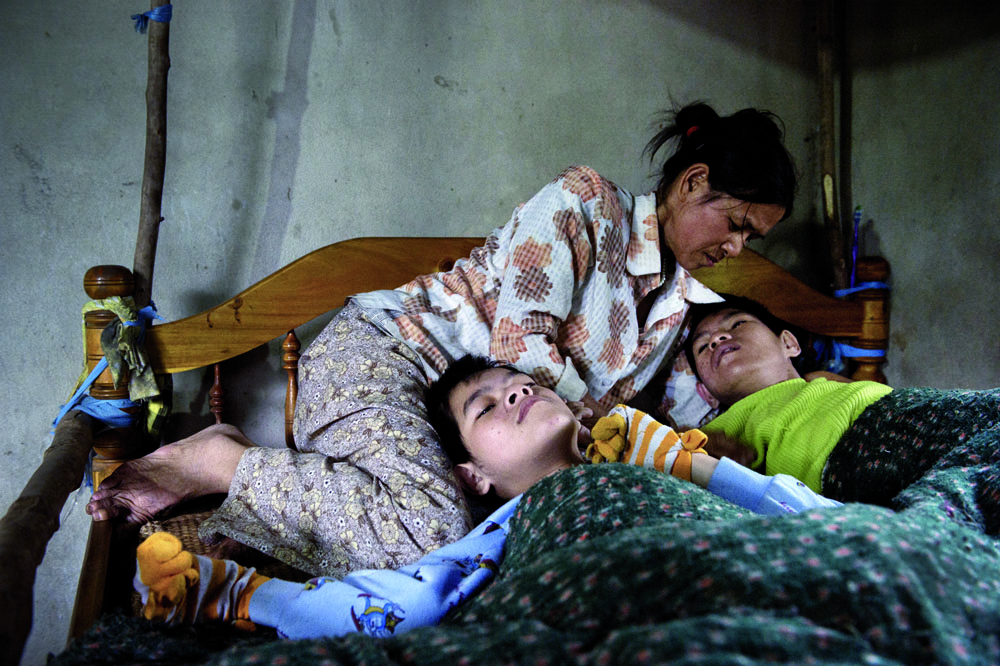Police gas boats, chemical weapons to disperse people
- Banned from war, but used as insignificant in peace protests, tear gas represents the contradictions of modern state violence. Prepared to thwart citizen mobilizations since the 1920s, the use of these gases has rapidly increased in recent years around the world. The assessment of deaths, injuries and damage caused is unknown. As a counterpart, more and more business is moving, especially since we entered a major crisis.
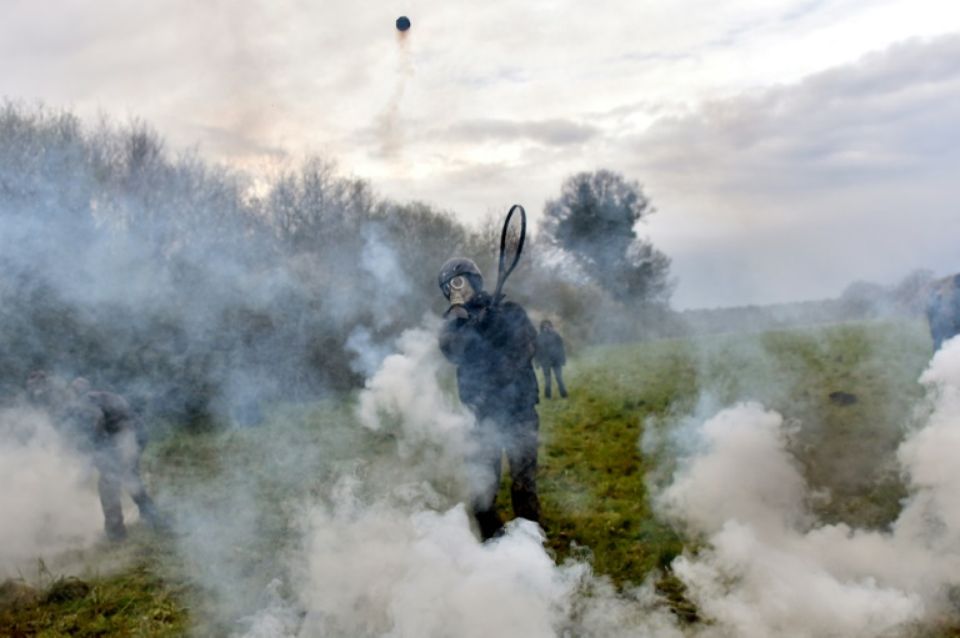
About 11,000 grenades have been launched by the gendarmes against those defending the famous ZAD of Notre-Dame-Des-Landes, in Brittany, an amount that General Bertrand Cavallier has acknowledged to the press. 11,000 grenades in a couple of weeks, 10,000 of which spread tear gas. As the ceasefire arrives, the activists have returned the empty shells to the authorities forming an impressive stack at the door of the prefecture of Naains-Nantes.
Although these fumes seem insignificant to citizens who see the world from their screens, they are dangerous chemical weapons, according to Anna Feigenaum “Tear gas: I. From the battlefields of the World War to the streets of today.” To start with, he's told us what kind of chemical poisons the vapours carry.
Some contain CS gas, called chlorobenzilidene malonitrile. Chloroacetophenone of so-called CN. Dibenzoxazepine type CR. There are also OC type, with pepper gas, oleoresin capsicum. As Feigenheim points out, these gases are designed to influence the people who rub them “torture, shattering of courage and physical and psychological damage.”
Tear gas appeared throughout history in August 1914. In the World War, when the French troops threw the Germans grenades of methylbocic bromide, the soldiers were crying, their eyes were tarnished and drowned, they had no choice but to leave the trenches and then the French were gunning them out as if they were a rifle shot. A few months later, in April 1915, the Germans took revenge in Yeste, releasing chlorine gas to the French.
"These gases were an instrument to gain in aggressiveness and in defense of human rights. Much later, during the Vietnam War, we've seen the weeping in the same way. They threw them into the Vietnamese to get them out of their bunkers, and then to throw other gases, bombs or throws on them. Tear gas in wars is prohibited for military purposes.”
But as for the contradictions, although the 1993 Chemical Weapons Treaty prohibits these scourges in wartime, they are allowed to control the riots. Graphically, the international treaty could violate them if a military man exhibited them publicly in a parade, while any democratic police calmly rubbed the Protestant gas oils with hand bottles or with rifles thrown in jars.
In the 1920s and 1930s, people's meetings and demonstrations began dispersing with tear gas from the United States and Europe. Britain initially felt reluctant to this ammunition, because its inhabitants remembered the ravages suffered in the camps in Europe during the Great War. But they also opened the door to supposed progress.
In many parts of the Empire, the rebels began to confront the colonialists with new methods. When in India Mahatma Gandhi started the non-violent struggle called Satyagraha, shot killing peaceful people gave the authorities a bad impression. Then, in Nigeria, women took a major role in the anti-imperial movements. The London authorities made the people of the metropolis believe, with these new and weaker chemical weapons, that with good use gases could be useful for the civilized control of the wild rebels.
Cheap and effective mass control
Today the use of tear gas with so little controversy is also partly due to the British authorities. The Himsworth Commission, which was set up to justify its launch to protesters in Northern Ireland, set as a matter of fact a minimum level for that gas to be considered toxic, not in weapons, but in drugs. Arguing that gas is not dangerous below the level of toxicity, the friction of people's eyes, mouth and nose became acceptable.
The fact is that since then neither the World Health Organization nor anyone has carried out a comprehensive analysis of the consequences of these weapons, according to Feigenheim, who has done a great job of documentation. He has found many very specific medical reports, such as those recently published by doctors’ associations in Turkey, Venezuela, the United Kingdom or the United States. But nothing more general. The risks that Feigenheim attributes to gas stations – tears, nausea, abortions, blindness, even death… – there is no amount or assessment of how they are carried out with the munitions that are used around the world, we only know that they are legal weapons, not controlled.
“The tear gas market is a shaded market,” says the researcher, because many of the contracts do not even need the authorisation of governments. The industry is in direct contact with the police. There is no observation in the plans to follow the standards of force and use of weapons established by the United Nations, so there is no monitoring of misuse. The relationship between abusive use and trade is not analysed.”
Gas is inexpensive and effective in controlling street conflicts, especially because it is one of the few technologies to control the atmosphere [policing the atmosphere]. The rubber balls and the water cannons are linear, not atmospheric, they only catch the person located in a small area. In this respect, gas controls a much wider field with less money.
According to Feigenheim, especially since the outbreak of the 2008 crisis, tactics have multiplied by the people who come to the protest. In Europe, it sets an example of the recent French mobilizations, in which social movements of many classes, trade unions and others have come together, and it seems that the police were not prepared to deal with them. And there are also images. “If you’re a ruler, the most serious thing is that there are many TV teams in the protests, they take those images and they come to people’s homes, and the police want to win somehow in that battle of communication that is being fought in the streets.” At Notre-Dame-Des-Landes, policemen are ready to attack the rebels when the gas is not enough to make it clear who the boss is, with other tougher grenades causing war injuries, as we have seen from the horrific photographs that have spread from the ZAD.
Security companies are closely following the evolution of protests around the world. For example, industrialists have an email list called Tear Gas Watch, in which information disseminated by different activists is recycled by manufacturers to fine-tune their strategies. Research+Development+Innovation in products of population gasification.
Vietnam, February 7, 1965. The U.S. Air Force first used napalma against the civilian population. It was not the first time that gelatinous gasoline was used. It began to be launched with bombs during World War II and, in Vietnam itself, it was used during the Indochina War in... [+]












